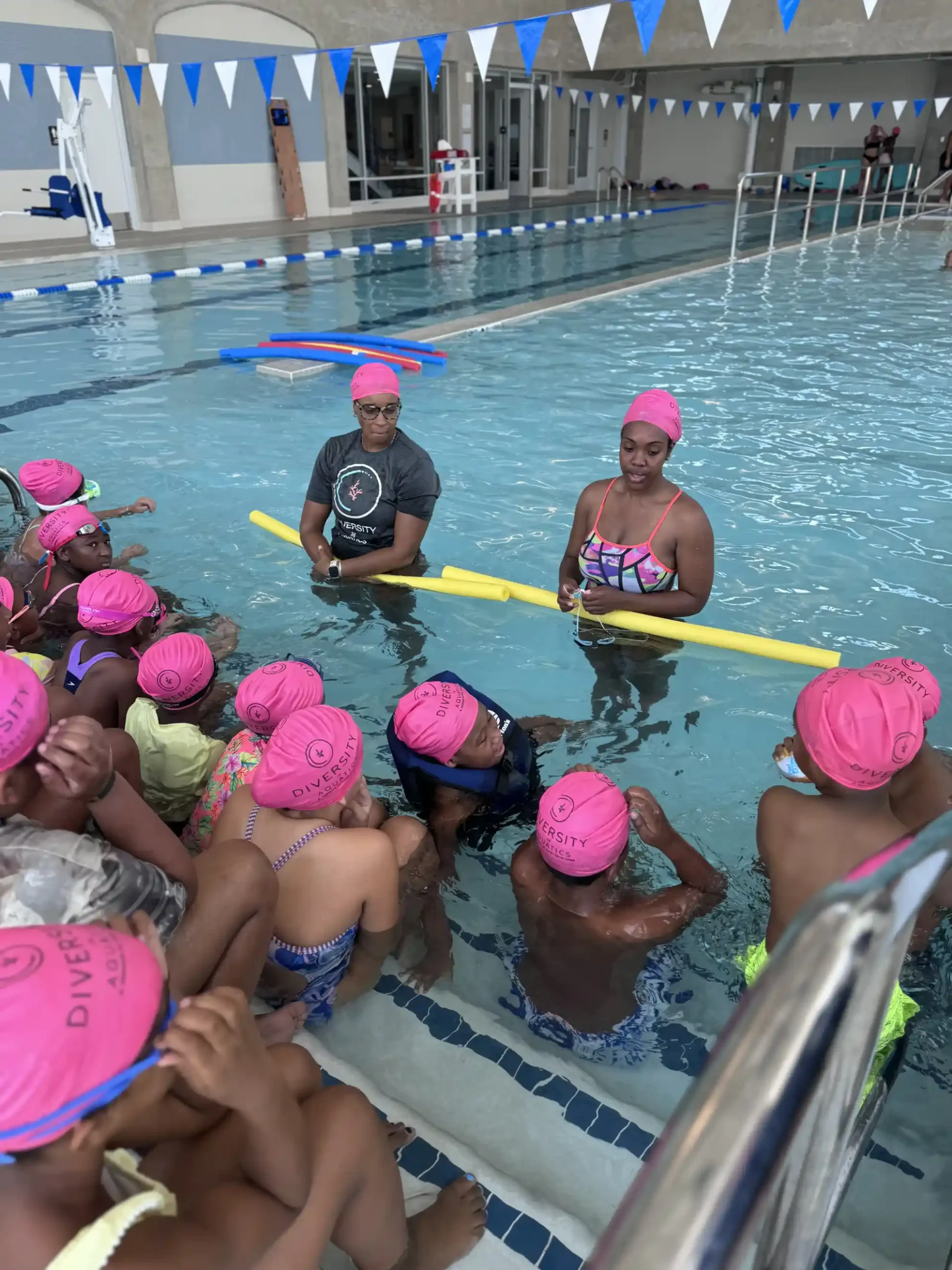Swimming in natural bodies of water like lakes, rivers, and oceans is a summer highlight for many individuals and families. But these adventures must be approached with care. Water safety isn't just a checklist—it's a community responsibility that touches on history, access, and equity.
Before diving in, it’s essential to assess the specific environmental conditions of the outdoor location:
Can we embed a real-time weather and tide widget on our page to help individuals and families plan safely?
Children require constant, undistracted supervision in outdoor water environments:
Developer Tip: Include visual cue cards or a downloadable "Water Watcher Badge" for parents to print and wear.
Having the right gear makes all the difference:
Developer Tip: Add infographics showing how to choose the right size and type of life jacket. Interactive sizing tools can also improve engagement. Check out this campaign by our friends at SafeKids Worldwide (link: https://www.safekids.org/blog/ask-expert-how-find-right-life-jacket#:~:text=Read%20the%20label,weight%20and%20intended%20water%20activity.)
Preparedness is key to preventing tragedies:
Developer Tip: Embed a short, ADA-compliant CPR training video or link to trusted organizations offering certification.
Water safety begins with awareness and grows through community action. By equipping families with the knowledge, tools, and support they need, we can ensure every child—regardless of background—has a safe, joyful experience in aquatic spaces.
Look for posted signs, talk to local authorities, and use government or environmental agency websites for up-to-date info.
Stay calm, call for help, and if trained, throw a flotation device. Don’t jump in unless you’re a strong swimmer trained in rescues.
Swim parallel to the shore until you’re out of the current, then return to the beach at an angle.
Yes, especially for kids. Lakes can have sudden drop-offs and are often deeper than they appear.
Silence, bobbing, arms flailing, or head tilted back. Drowning often doesn’t look like a dramatic struggle.
Absolutely. They protect against slips, sharp objects, and hidden hazards.
Swim in designated areas far from docks, boating lanes, and marinas
Near a lifeguard station, in zones marked safe for swimming. Avoid rocky areas and regions with strong surf.
Exit the water immediately, especially if you see lightning or strong winds.
Advocate for inclusive lessons, public signage in multiple languages, and subsidized safety gear.
